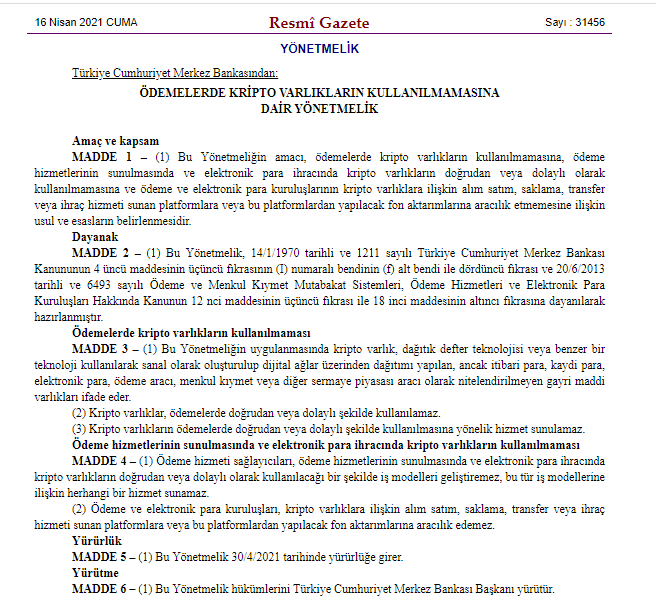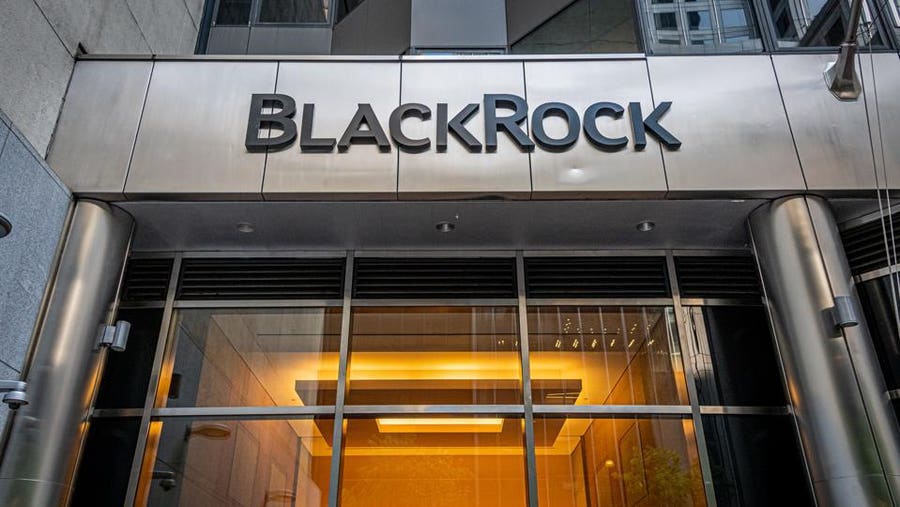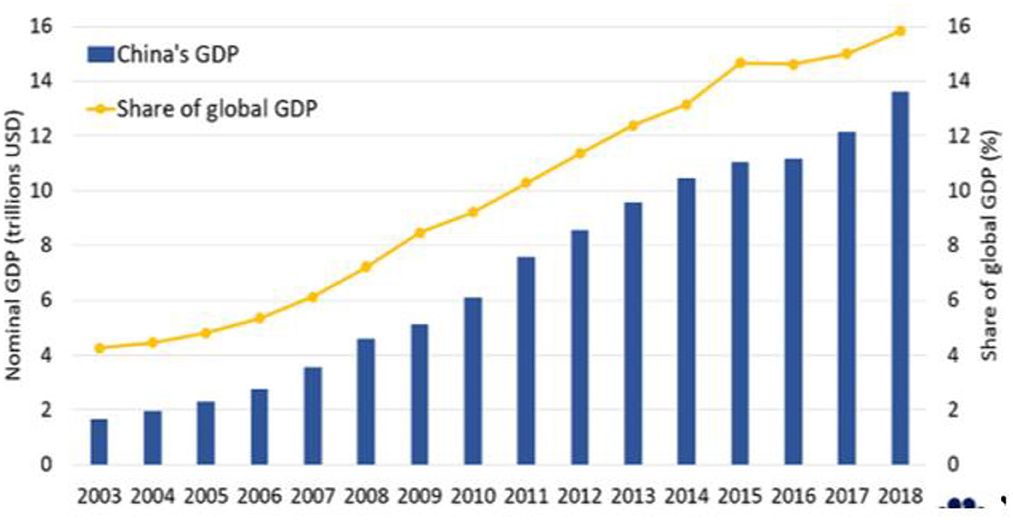Pakistan's Global Trade: Ahsan Urges Tech Adoption For Competitive Edge

Table of Contents
Current State of Pakistan's Global Trade
Pakistan's global trade landscape presents both challenges and opportunities. Understanding the current state is crucial before exploring how technology can improve it.
Export Challenges
Pakistan faces significant hurdles in exporting goods internationally. These challenges hinder the country's ability to fully participate in the global market and achieve its economic potential.
- Lack of Diversification: Pakistan's exports are heavily reliant on a few key sectors, primarily textiles and agriculture. This lack of diversification makes it vulnerable to fluctuations in global demand and prices. For instance, a downturn in the global textile market directly impacts Pakistan's export earnings.
- Reliance on Low-Value Products: A significant portion of Pakistan's exports consists of low-value-added products, resulting in lower profit margins and reduced competitiveness. Upgrading to higher-value products requires technological advancements and skilled labor.
- Trade Barriers: Pakistan faces various trade barriers, including tariffs, non-tariff barriers, and complex customs procedures in international markets. These obstacles increase the cost and time required for exporting goods.
- Logistical Challenges: Inadequate infrastructure, including inefficient transportation networks and port facilities, adds to the cost and complexity of exporting goods. This often leads to delays and increased shipping costs.
- Inadequate Infrastructure: A lack of reliable power supply, deficient communication networks, and outdated technology hinders productivity and efficiency in manufacturing and export processing.
Import Dependence
Pakistan's significant reliance on imports has a considerable impact on its trade balance, contributing to a persistent trade deficit.
- High Import Bills: Pakistan's import bill consistently exceeds its export earnings, creating a substantial trade deficit. This puts pressure on the country's foreign exchange reserves and necessitates borrowing.
- Vulnerability to Global Price Fluctuations: Dependence on importing essential goods like energy and raw materials exposes Pakistan to fluctuations in global commodity prices. Price increases in these crucial sectors directly impact the cost of production and living.
- Dependence on Specific Countries: Pakistan's reliance on specific countries for essential imports creates vulnerabilities in its supply chains. Geopolitical tensions or disruptions in those countries can significantly impact Pakistan's economy.
The Role of Technology in Enhancing Global Trade Competitiveness
Technology adoption is paramount for enhancing Pakistan's global trade competitiveness. Embracing technological advancements can address many of the challenges outlined above.
E-commerce and Digital Platforms
E-commerce platforms offer significant opportunities for Pakistani businesses to expand their market reach.
- Increased Visibility to International Buyers: Online marketplaces provide access to a global audience, enabling Pakistani businesses to showcase their products to international buyers they may not otherwise reach.
- Reduced Transaction Costs: E-commerce reduces transaction costs associated with traditional exporting methods, such as travel, marketing, and intermediary fees.
- Access to a Wider Customer Base: Online platforms allow Pakistani businesses to reach a significantly larger customer base than they could through traditional export channels.
- Improved Market Intelligence: E-commerce platforms provide valuable data on consumer preferences, market trends, and competitor activities, allowing businesses to make more informed decisions. This data-driven approach is key to success in today's global markets.
Technological Upgrades in Manufacturing and Logistics
Investing in technological upgrades across manufacturing and logistics is essential to improve efficiency and competitiveness.
- Automation Leading to Increased Productivity: Automating processes in manufacturing reduces production time, increases output, and minimizes errors. This translates to higher efficiency and lower costs.
- Improved Quality Control: Technology allows for stricter quality control measures throughout the production process, improving the quality of exported goods and enhancing brand reputation.
- Reduced Production Costs: Automation and improved efficiency lead to significant cost reductions in manufacturing, making Pakistani products more competitive in the global market.
- Efficient Supply Chain Management: Technology enables efficient tracking and management of goods throughout the supply chain, minimizing delays and improving overall logistics.
- Better Logistics Infrastructure: Investing in modern transportation networks, improved port facilities, and efficient warehousing systems is crucial for effective logistics and timely delivery of exports.
Data Analytics and Market Intelligence
Leveraging data analytics can provide invaluable insights for export strategy development.
- Improved Decision-Making Based on Data-Driven Insights: Data analytics allows for evidence-based decision-making, optimizing resource allocation and improving overall efficiency.
- Better Understanding of Consumer Needs: Analyzing market data provides crucial insights into consumer preferences and demand, enabling businesses to tailor products and services to specific market needs.
- Identification of New Market Opportunities: Data analysis can help identify new markets and opportunities for Pakistani exports, diversifying the country's trade portfolio.
- Proactive Risk Management: By monitoring market trends and predicting potential disruptions, businesses can proactively manage risks and mitigate potential losses.
Government Initiatives and Support for Technological Adoption
Government initiatives and collaboration are vital for accelerating technological adoption in Pakistan's trade sector.
Policy Recommendations
Effective policies are needed to incentivize technology adoption and create a supportive environment for businesses.
- Investment in Digital Infrastructure: The government should invest heavily in developing robust digital infrastructure, including high-speed internet access, reliable power supply, and advanced communication networks.
- Tax Incentives for Technology Adoption: Offering tax incentives and subsidies can encourage businesses to invest in new technologies and upgrade their operations.
- Skills Development Programs: Investing in education and training programs to develop a skilled workforce capable of operating and maintaining advanced technologies is crucial.
- Facilitation of E-commerce: Simplifying regulations and providing support for businesses to establish online presence and participate in e-commerce platforms is essential.
- Support for SMEs: Small and medium-sized enterprises (SMEs) need targeted support and resources to adopt new technologies and compete effectively in the global market.
Collaboration and Partnerships
Public-private partnerships and international collaborations can significantly accelerate technology transfer and knowledge sharing.
- Collaboration with International Organizations: Collaborating with international organizations like the World Bank, WTO, and UN agencies can provide valuable technical assistance, funding, and expertise.
- Partnerships with Technology Providers: Establishing partnerships with international technology providers can facilitate the transfer of technology and expertise to Pakistani businesses.
- Joint Ventures with Foreign Companies: Encouraging joint ventures with foreign companies can bring much-needed investment, technology, and expertise to the country.
- Capacity Building Initiatives: Government should invest in capacity-building programs to train local professionals in the latest technologies and best practices in global trade.
Conclusion
Pakistan's global trade faces significant challenges, but technological adoption offers a critical path toward overcoming them. Minister Ahsan's emphasis on technology is crucial; it’s a key driver for boosting Pakistan's competitive edge in the global market. To strengthen Pakistan's global trade, proactive steps toward technology integration are vital. Businesses and the government must collaborate to implement the strategies discussed, leveraging technology to unlock Pakistan's immense export potential and build a more robust and competitive economy. Investing in technological advancement for Pakistan's global trade is not just an option—it's a necessity.

Featured Posts
-
 Brezilya Bitcoin Maas Oedemelerini Yasallastiriyor Detaylar Ve Etkileri
May 08, 2025
Brezilya Bitcoin Maas Oedemelerini Yasallastiriyor Detaylar Ve Etkileri
May 08, 2025 -
 Dcs Krypto The Last Dog Of Krypton Critical Analysis And Audience Reception
May 08, 2025
Dcs Krypto The Last Dog Of Krypton Critical Analysis And Audience Reception
May 08, 2025 -
 Stephen King Praises The Life Of Chuck Movie Trailer Released
May 08, 2025
Stephen King Praises The Life Of Chuck Movie Trailer Released
May 08, 2025 -
 110 Return Predicted Why Billionaires Are Investing In This Black Rock Etf
May 08, 2025
110 Return Predicted Why Billionaires Are Investing In This Black Rock Etf
May 08, 2025 -
 Taiwan Dollars Rise Implications For Economic Policy Changes
May 08, 2025
Taiwan Dollars Rise Implications For Economic Policy Changes
May 08, 2025
